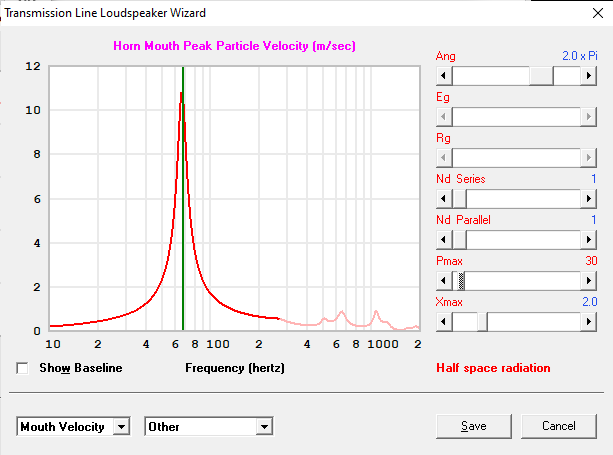I've had one last go at designing a compact transmission line speaker around the LGK 2.0 driver. My objective was to understand CTL design rules for another project. At the same time I saw an opportunity to improve the power handling and bass with the LGK 2.0 TL project. This time I've got all dimensions below the LGK 2.1 speaker to fit into LGK family. This speaker is aimed at FR purists like myself.
I'm still favouring the 1/4 wave aperiodic tuning of 0.75 octaves below driver Fs=113Hz, although this does produce a 6th order roll-off below 60Hz. I'm assuming stuffing as acoustic suspension cabinet up to halfway between "S3" to "S4" in section shown. I've decided to leave in the corner pieces to make sure the tuning works as predicted, although as many parts as possible have been commonised to keep machining costs down. The 3/4 wave is still handled by driver positioning, and 5/4 wave is still handled by line depth 1/4 wave decoupling at 675Hz. Hornresp is a 1D solver, so will over-predict higher frequency resonances.
As to the logistics of getting a pair built and tested then the problem is that I'm based in the UK. So as I see it options are:
1. Order LGK 2.0 parts without cabinet then get the cabinet made locally. If I do that then I may as well just update measurement tool from Liberty Audiosuite.
2. Pay for Denton woodworks to build a pair of walnut veneer cabs and assemble speaker for Danny to test.
3. Find a guinea-pig closer to GR-Research to build and then keep the speakers. I still get useful CTL experience, although it would be nice to have a pair to evaluate how good the CTL design actually is.
Any thoughts?

Mart
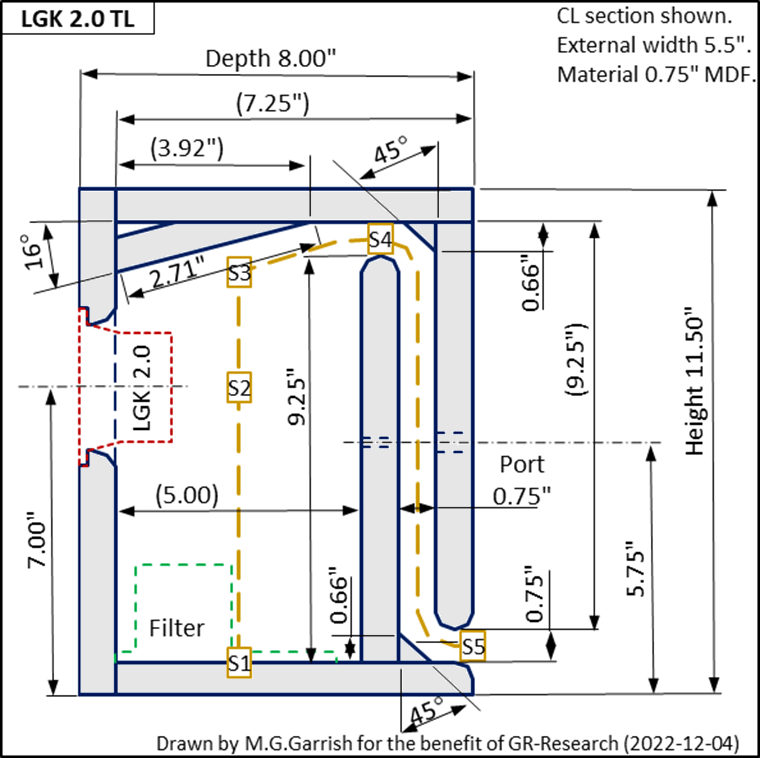
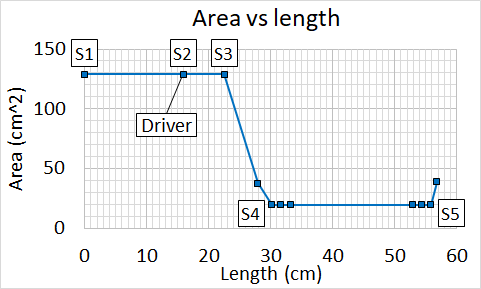
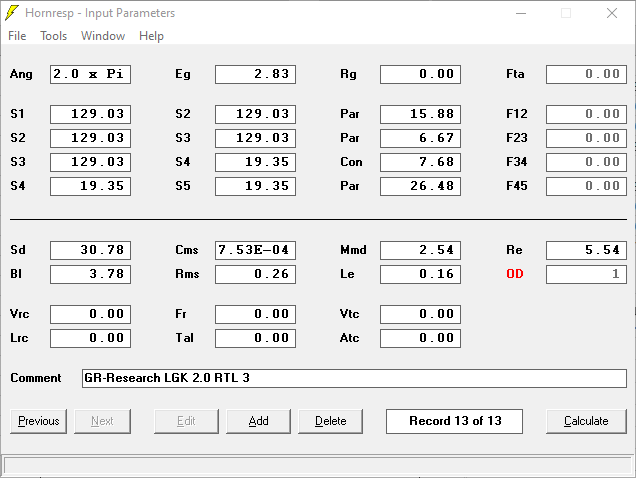
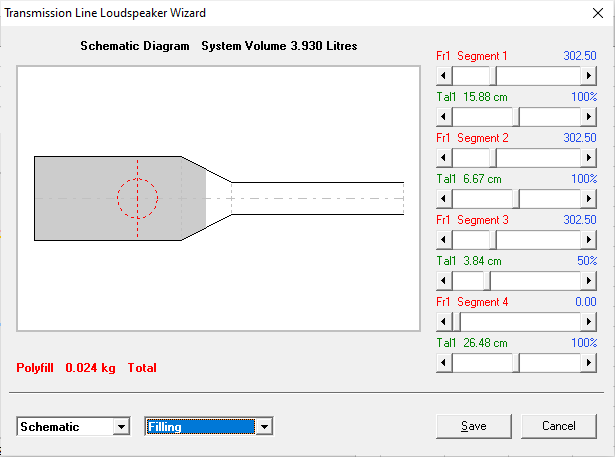
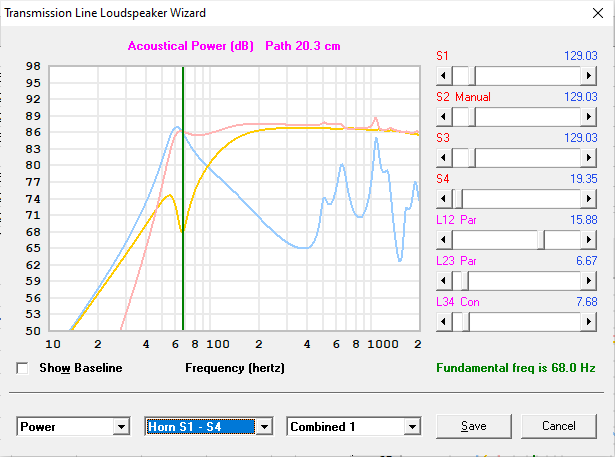
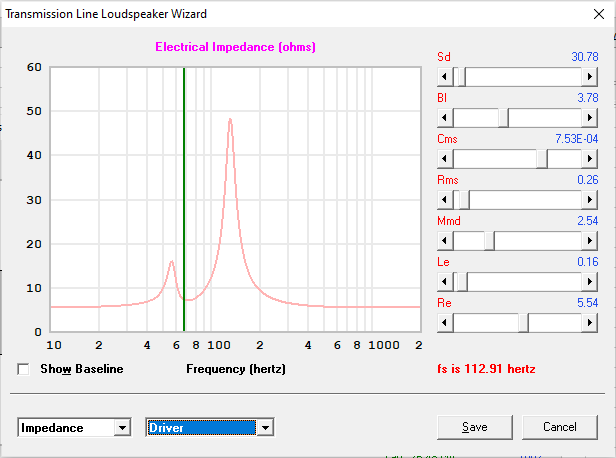
Driver displacement with 1 watt input.
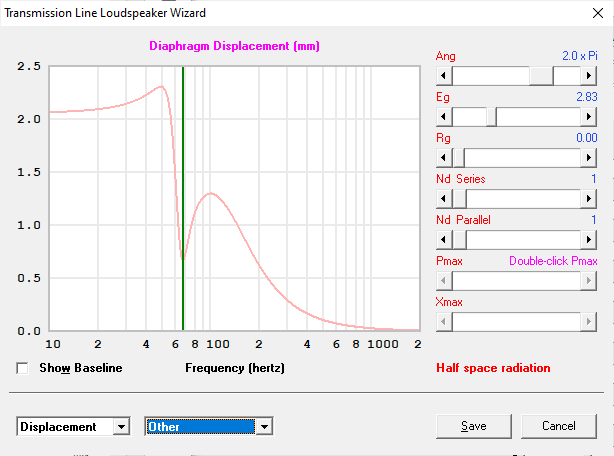
TL port velocity at maximum driver power.
